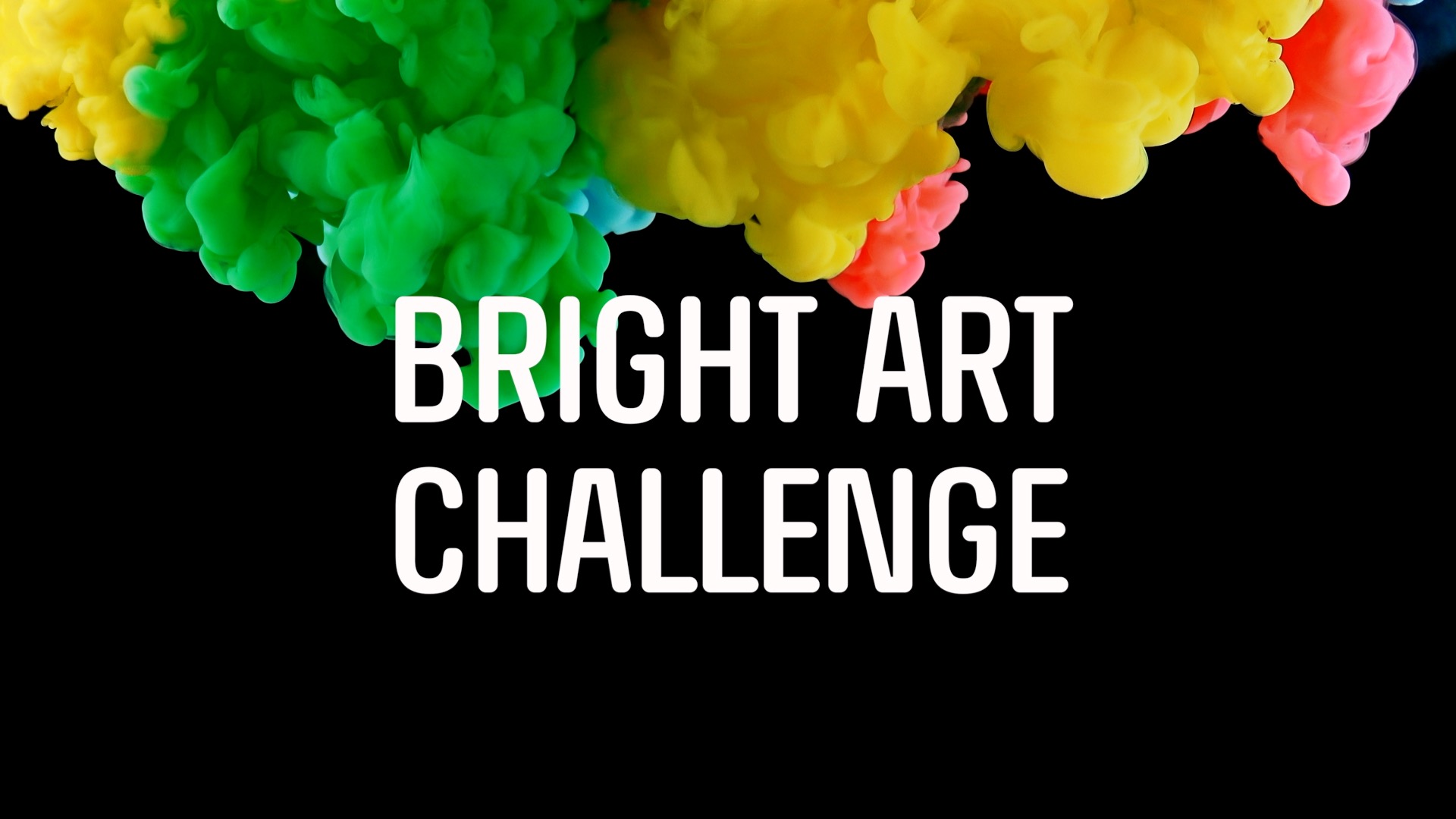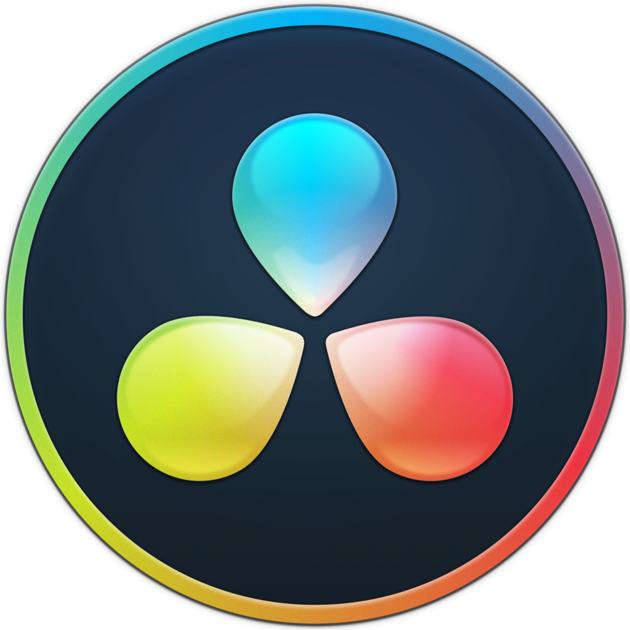


 PPT
PPT
What objects let light pass through them? Are these objects transparent or translucent? How will you incorporate transmission into your art work?
Light that bounces off an object is reflected. Some materials reflect some visible light and others can reflect it all. Experiment with materials that reflect light to determine how to convey this interaction in your art piece. Or maybe you want a shiny specular reflection look?
When light is absorbed by an object it is converted to heat. What materials absorb light? What happens when all visible light is absorbed? What happens when some light is absorbed and some is reflected?
When light transmits through different mediums it can change speed and direction. This can change how the object appears and in some cases separte white light into the visible spectrum. What are some examples of refraction?
Scattering occurs when loght passes through a non-uniform (imperfect) medium and is deflected in various directions. This often creates soft or diffuse loght effects. Can you think of examples of scattering that could be incorporated into your design?



Future Engineers hosts online innovation challenges for K-12 students. In 2014, Future Engineers launched its innaugural 3D printing in space challenge, sponsored by the ASME Foundation with technical assistance from NASA, which produced historic achievements including the first student-designed 3D print in space. Based on that success, and through the support of the U.S. Department of Education's SBIR Program, Future Engineers launched a multi-challenge platform in 2018 capable of hosting STEAM challenges of all kinds, including our first Weather Balloon Challenge. All challenges are free for student/classroom participation.
Thank you for your interest in contacting Future Engineers. We look forward to connecting with you!
General Inquiries
support@futureengineers.orgSponsorship Inquiries
sponsor@futureengineers.org